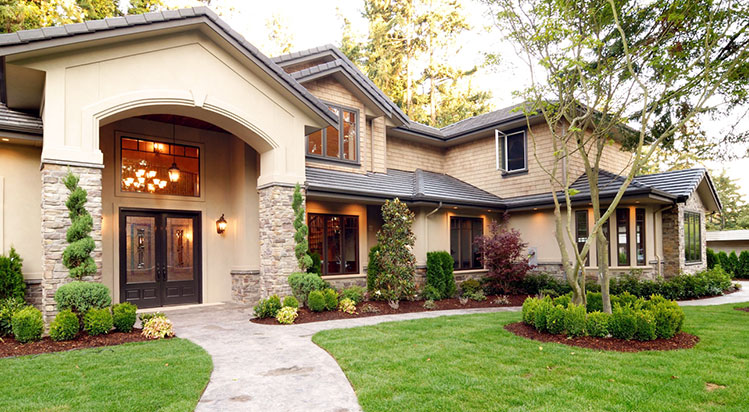How to Get Rid of Groundhogs AKA Woodchucks Where They Nest, Live & Burrow in Your Burlington, NJ Yard
Groundhogs are also known as woodchucks. These rodents belong to the same group as large ground squirrels known as marmots. They live a feast-or-famine kind of lifestyle and will gorge themselves during the summer to build up a stockpile of fat reserves. When the first frost arrives, they will go into their underground burrows and sleep till spring, surviving on their body fat.
What Do Groundhogs Look Like?
Groundhogs are 18 to 24 inches long with a tail that’s 7 to 10 inches. They weigh up to 13 pounds and have two coats of fur. A dense grey undercoat and a longer coat of guard hairs that are banded which leads to their “frosted” appearance. Groundhogs are most often seen on the ground but can climb trees and swim.
What Do Groundhogs Like to Eat & Where Do these Woodchucks Live & Burrow?
Groundhogs are herbivores, eating grasses and plants along with fruit and tree bark that they find in areas where woodlands meet open spaces, like roads, streams and fields. Underground burrows that groundhogs create can be anywhere from 8 to 66 feet long with multiple exits and many chambers. Groundhogs will come into your yard looking for food and a safe place to burrow. These tunneling skills ruin land and their diet includes young greens which destroys vegetation.
Ways to Minimize Groundhog Damage & Make your Yard Less Inviting
There are ways to keep groundhogs out of your yard. You can harvest your crops or garden as soon as possible and get rid of piles of debris, rocks or wood as groundhogs like some coverage when looking for a site to burrow. Keep plants trimmed to make it harder for them to feed on or use for cover. Remove sources of wood they can use to gnaw on or grind their teeth and fill any abandoned animal burrows with rocks.
How to Get Rid of Groundhogs
After you have located the areas that groundhogs are frequenting, you can come up with a plan. Using more than one method will give you a better chance at getting rid of them and keeping them away.
1. Live trapping is the best way to get rid of a groundhog. Bait the trap in a way that will force the groundhog to enter the trap completely and have no room to get back out after the door has closed. Be sure to immobilize the trap with a couple of bricks so it doesn’t roll over. The groundhog will also feel more comfortable around the trap if it’s covered with branches or leaves. Good choices for bait are corn, strawberries, peaches or peas.
2. Groundhogs have a heightened sense of smell, so a spicy pepper-based repellant can aggravate them. You can apply it liberally to keep them out of your yard. There are granular repellents and liquid repellants available.
3. Electronic repellents work great at frightening them with bursts of water. This will condition them to avoid the area and they are virtually maintenance free too.
4. Fencing can be effective in keeping groundhogs out of your yard. Even though they are skilled climbers, they may avoid your yard to skip the unnecessary climb and move on.
Groundhog Wildlife Control
Groundhogs that aren’t properly controlled, can cause a lot of damage to structures due to their burrowing habits. Tunnels can break foundations and their chewing habits can damage electrical wires and irrigation systems. They best way to deal with groundhogs is to integrate a control plan that includes trapping, repelling and excluding. Contact Ross Environmental Solutions today to get control of your groundhog problem.


